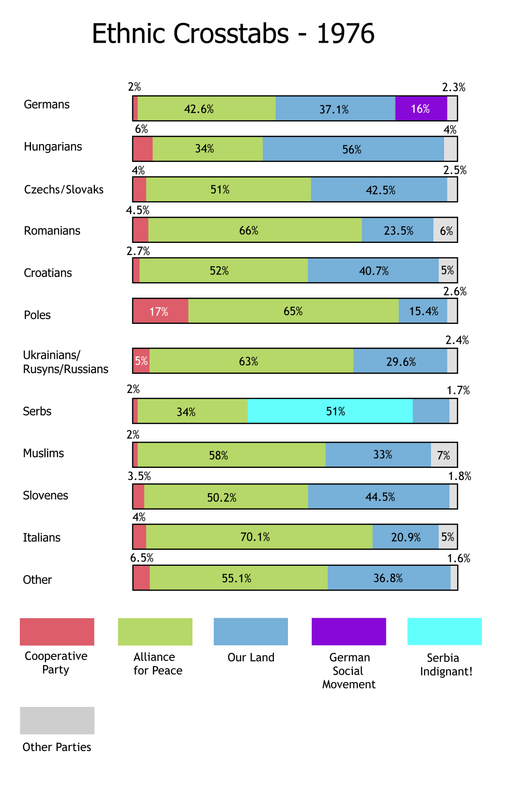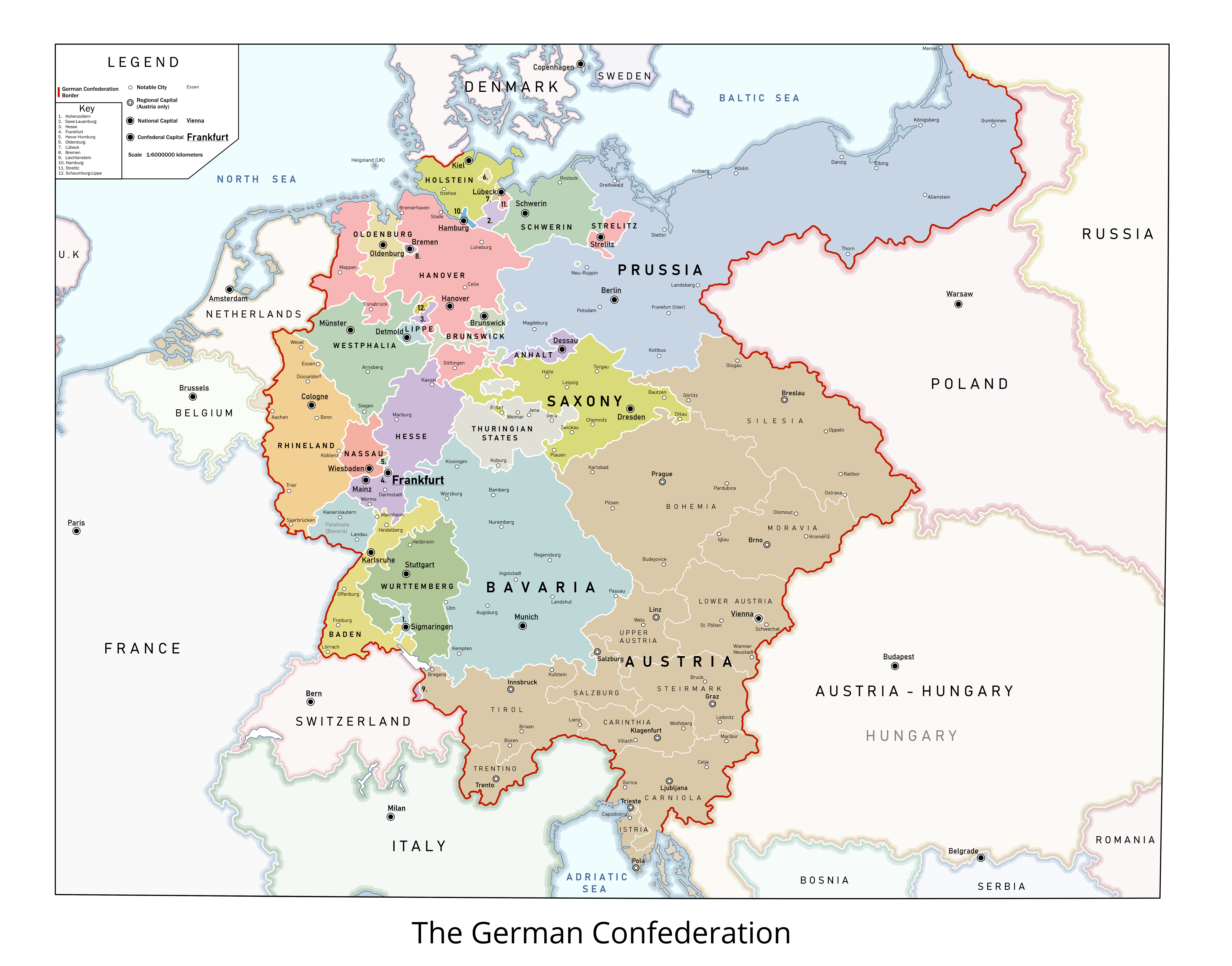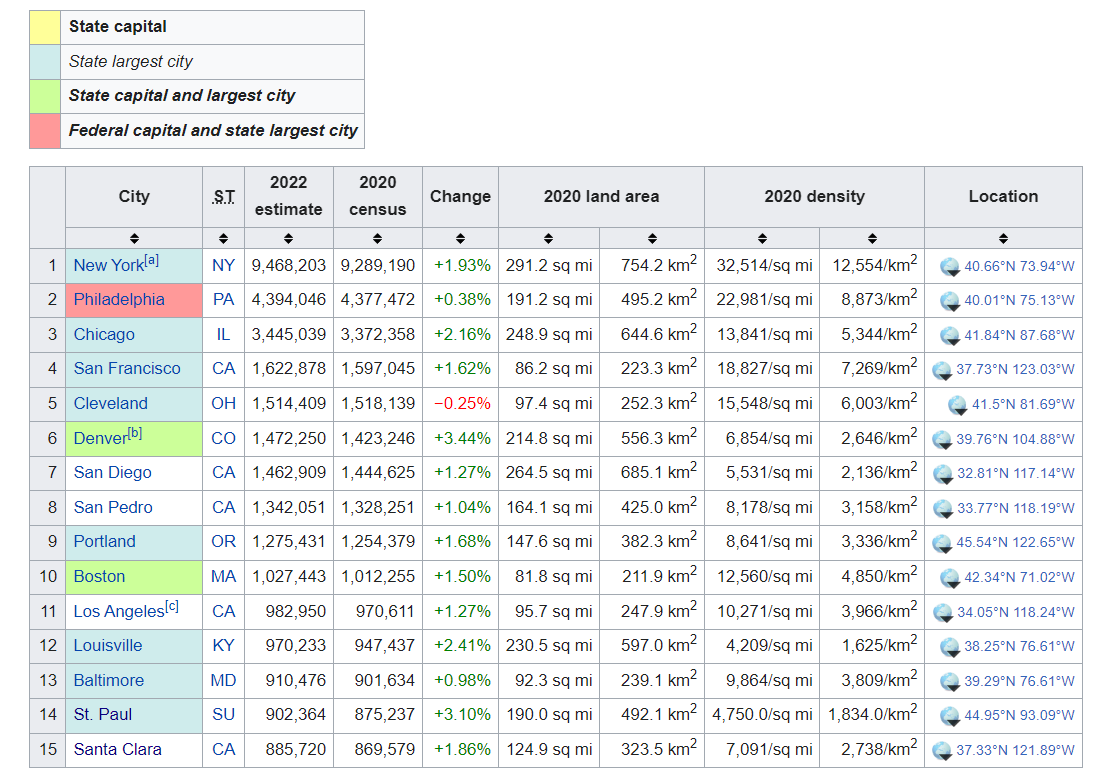You are using an out of date browser. It may not display this or other websites correctly.
You should upgrade or use an alternative browser.
You should upgrade or use an alternative browser.
Project Danube
- Thread starter Mekul
- Start date
MEZU (Mitteleuropäische Zollunion)
The Central European Customs Union is a political and economic union forming one of the largest trading blocs in the world. Originally founded in 1817 between Austria and several German states, the customs union was envisioned to solidify Austrian influence and maintain the precarious balance of power in post-Napoleonic Europe. With Prussia defeated in the Austro-Prussian War, the customs union grew to encompass all of the German Confederation. Since the creation of the International Bank and other multilateral organizations in the 1980s, the union has become more political in nature as trade has been mostly liberalized across much of the world.
Last edited:
These are some fantastic maps and wiki boxes but I feel like if you are going to post your story on the pre 1900s forum you should really elaborate on the PoD and historical development of your TL.
As of now, the POD is rather vague. I have ideas about how history diverges, but I cannot pinpoint the specific factors that lead to these divergent outcomes.These are some fantastic maps and wiki boxes but I feel like if you are going to post your story on the pre 1900s forum you should really elaborate on the PoD and historical development of your TL.
The closest I have to be a POD would be two-fold:
1. Austria manages a larger sphere of influence in Germany after the Napoleonic Wars through a customs union akin to the Zollverein. Austria more successfully adapts to rising liberal nationalist sentiment throughout the 19th century, spearheading reforms to the German Confederation.
2. During the American Revolution, British loyalists are successful in preventing Georgia and the Carolinas from joining the American Revolution. Meanwhile, Nova Scotia joins the Revolution.
The details around how these developments come to pass are undetermined at the moment.
which is going to need something to happen to Metternich (likely your POD), although I've given him a nice rival in my sigged TL which starts in the 1830s. Metternich was content with Austro-Prussian dualism (because he stupidly believed that Prussia would always act in Austria's interest). He didn't participate in the trade unions, the disputes over the currency for a unified German Reich (which led to the adoption of Prussian currency, weights and measures, tariffs) in the 1830s/1840s. And his embezzling money to pay his army of informers saw the Austrian army's budget slashed to prevent him embezzling those funds too.Austria manages a larger sphere of influence in Germany after the Napoleonic Wars through a customs union akin to the Zollverein. Austria more successfully adapts to rising liberal nationalist sentiment throughout the 19th century, spearheading reforms to the German Confederation.
that Austria doesn't get Venetia-Lombardy or Belgium back indicates that something happened to Metternich. Since gaining Venice and refusing the offer of Belgium were both policies of Metternich.
Yes, I had a suspicion that Metternich would be key in these differences. Perhaps some of these differing decisions would stem from a difference in outlook from Metternich or Metternich being replaced at some point. Maybe the POD could be an event towards the end of the Napoleonic Wars or shortly after its conclusion that would lead Metternich to view Prussia with more suspicion.that Austria doesn't get Venetia-Lombardy or Belgium back indicates that something happened to Metternich. Since gaining Venice and refusing the offer of Belgium were both policies of Metternich.
As for Lombardy-Venetia, the concept here is Austria replicating its reforms of the German Confederation following the defeat of Prussia in the 1850s. With the support of some Italian nationalists, Tuscany, Modena, Parma, and Lombardy-Venetia would be brought together in a confederal structure economically integrated with Austria. Although this Italian Confederation wouldn’t be plausible given the course Italian nationalism took IOTL, I could see an alternative evolution being conducive to this arrangement. I’d see this inflaming tensions with France. The map is set in the present, so there’d be a set of developments far after the mid-19th century that lead to the borders depicted.
well let's start from this map of the German confederation, it seems quite plausible and in line with what Austria would have wanted to do after a victorious 7 week war ( except perhaps for the survival of the Kleeinstatei of Lippe, Waldeck and Anhalt, which in Vienna's plans would be been annexed by Hanover, as well as the duchies of Thuringia, which would have been unified into a single entity under the government of the Coburgs, with Saxony having gnawed away a piece of it ), while as regards the Italian question, in Otl several times the citizens of Modena in the years between 1820 and 1848 had demonstrated their desire to be incorporated into the Lombardy - Veneto kingdom, except for Metternich who always proved against it, for the rest I hardly see the realization of the proposal of an Italian confederation similar to the German one , even in Otl Austria had no interest in creating it, it preferred to maintain its semi-direct control over the peninsula ( because Savoy and the 2 Sicilies were excluded, everything else was an important part of Vienna's client empire, which was also consolidated with the presence of very expensive garrisons on site, which weighed on the imperial treasury ) furthermore if we start from the assumption that during the Napoleonic wars and the subsequent Congress of Vienna something changed compared to Otl, then it may be that Francis II pushed to also integrate Parma into the direct possessions of Vienna ( after all, Maria Luisa's government was much more popular than that of the local Bourbons ), furthermore there is the whole question of the papal state, what development has it in this TL, does it still exist ?, was it annexed by the new kingdom of Italy or has someone come up with the idea of creating a compromise like the Otl Lateran pacts with large advance ( so as to resolve the Roman question once and for all ), finally how the papal succession took place in this scenario ? ( given that the popes of this period are quite important for the development of political and non-political Catholicism )
Last edited:
The Papal States are an area that I have not elaborated on all that much. As of now, the idea is that the Papal States remain in place through a precarious balancing act on the part of Austria to maintain the status quo while appeasing Italian nationalists. The demise of the Papal States ITTL would occur in the 1920s in a conflict known as the Italian Crisis.well let's start from this map of the German confederation, it seems quite plausible and in line with what Austria would have wanted to do after a victorious 7 week war ( except perhaps for the survival of the Kleeinstatei of Lippe, Waldeck and Anhalt, which in Vienna's plans would be been annexed by Hanover, as well as the duchies of Thuringia, which would have been unified into a single entity under the government of the Coburgs, with Saxony having gnawed away a piece of it ), while as regards the Italian question, in Otl several times the citizens of Modena in the years between 1820 and 1848 had demonstrated their desire to be incorporated into the Lombardy - Veneto kingdom, except for Metternich who always proved against it, for the rest I hardly see the realization of the proposal of an Italian confederation similar to the German one , even in Otl Austria had no interest in creating it, it preferred to maintain its semi-direct control over the peninsula ( because Savoy and the 2 Sicilies were excluded, everything else was an important part of Vienna's client empire, which was also consolidated with the presence of very expensive garrisons on site, which weighed on the imperial treasury ) furthermore if we start from the assumption that during the Napoleonic wars and the subsequent Congress of Vienna something changed compared to Otl, then it may be that Francis II pushed to also integrate Parma into the direct possessions of Vienna ( after all, Maria Luisa's government was much more popular than that of the local Bourbons ), furthermore there is the whole question of the papal state, what development has it in this TL, does it still exist ?, was it annexed by the new kingdom of Italy or has someone come up with the idea of creating a compromise like the Otl Lateran pacts with large advance ( so as to resolve the Roman question once and for all ), finally how the papal succession took place in this scenario ? ( given that the popes of this period are quite important for the development of political and non-political Catholicism )
In the 1890s, following the defeat of an expansionist, Bonapartist France in a French war of aggression, the territories of French-aligned Sardinia-Piedmont are incorporated into the Italian Confederation under a presumably different ruling nobility. The incorporation of these territories in the aftermath of the Great Rhenish War proves to be destabilizing, creating a wave of anti-Austrian sentiment across Italy inspired by the pan-Latinist ideology developed in post-war France. A series of republican revolutions occur, uniting Italy and ending the Italian Confederation, its constituent states, and all other countries on the Italian peninsula. Austria is left with few options of intervention with the threat of war with France and the Great Rhenish War being well within collective memory. The Pope as prisoner in the Vatican would therefore happen after the 1920s.
The Papal States are an area that I have not elaborated on all that much. As of now, the idea is that the Papal States remain in place through a precarious balancing act on the part of Austria to maintain the status quo while appeasing Italian nationalists. The demise of the Papal States ITTL would occur in the 1920s in a conflict known as the Italian Crisis.
In the 1890s, following the defeat of an expansionist, Bonapartist France in a French war of aggression, the territories of French-aligned Sardinia-Piedmont are incorporated into the Italian Confederation under a presumably different ruling nobility. The incorporation of these territories in the aftermath of the Great Rhenish War proves to be destabilizing, creating a wave of anti-Austrian sentiment across Italy inspired by the pan-Latinist ideology developed in post-war France. A series of republican revolutions occur, uniting Italy and ending the Italian Confederation, its constituent states, and all other countries on the Italian peninsula. Austria is left with few options of intervention with the threat of war with France and the Great Rhenish War being well within collective memory. The Pope as prisoner in the Vatican would therefore happen after the 1920s.
Ah ok, thanks for the explanation, however if we look at Otl, during the experience of the Roman Republic, Mazzini and his associates had proposed a rather advantageous agreement to Pius IX, where despite losing his temporal power he remained with his privileges and powers spiritual untouched, so it is likely that a republican government will try to seek a compromise with the papacy that would lead to the creation of something similar to the Vatican city of Otl
South Asia Map
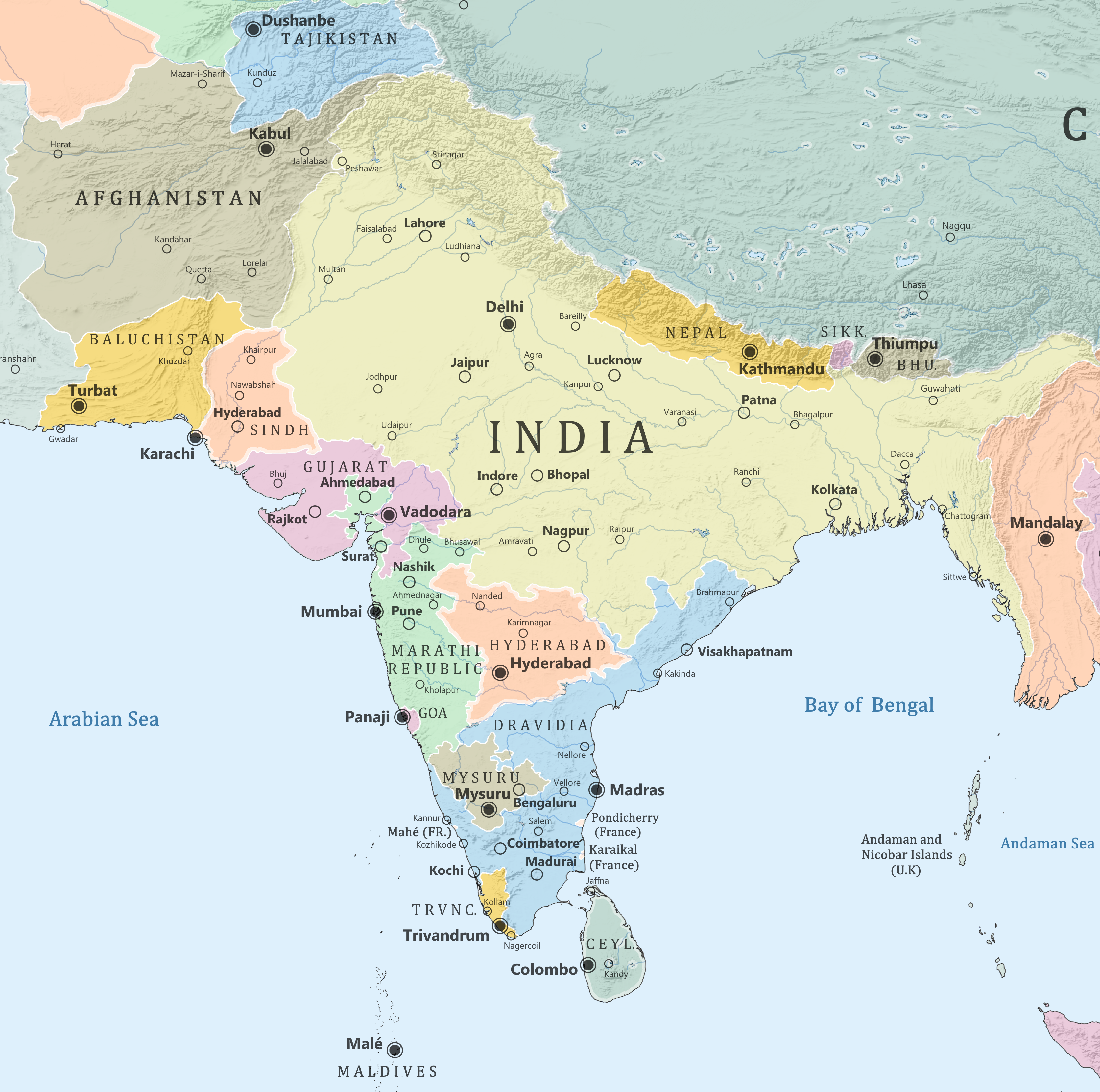
GDP per Capita
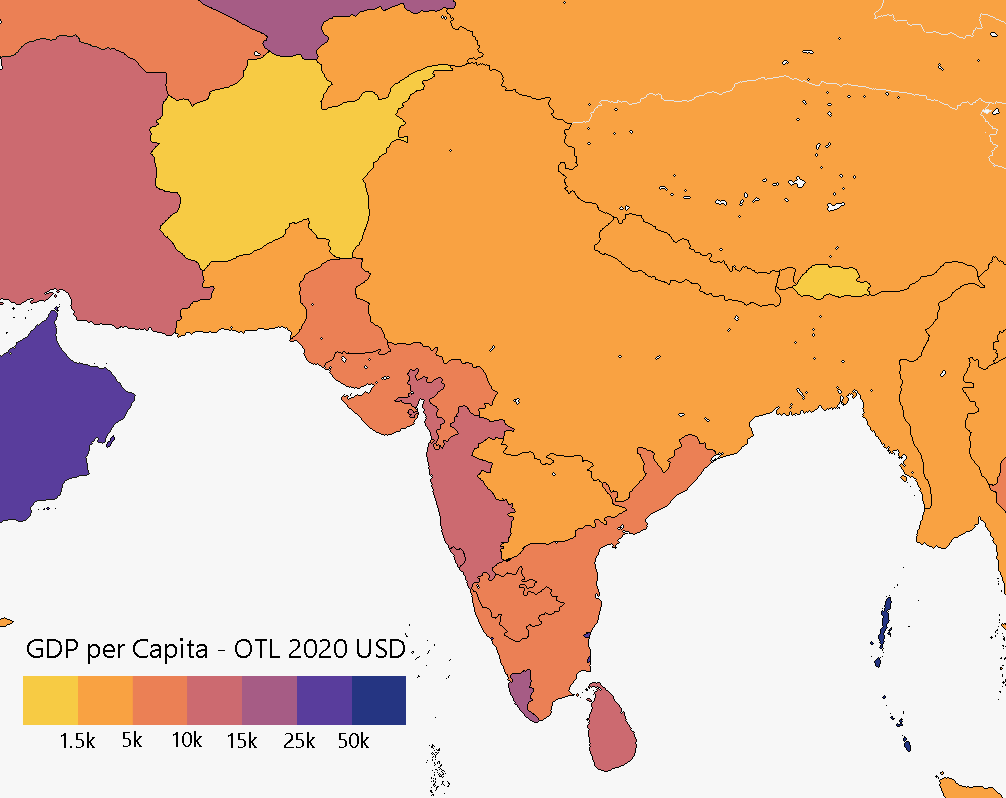
Bonus: WIP Infobox for the Indian Nationalist Wars

Last edited:
further question, regarding this ballot, I would like to know how the situation developed from an ethnic point of view within the empire, certainly with the return of a part of Silesia, I can see the population of German and Polish origin strengthened from this, as well as the Croats thanks to Bosnia ( although it depends on what period it was incorporated into the imperial possessions, because if it was before 1848, the population is likely to be predominantly Catholic / Christian ( 1 ), in case it was similar to Otl, then the Serbian - Bosnian component would be quite in line with what happened historically ) furthermore with the Habsburgs still controlling the German confederation, it is likely that they could still attract German immigrants within its borders to later use to strengthen control central in places previously considered "unstable" by Vienna, but for the rest I am interested in the situation in the lands of Saint Stephan ?, are the Hungarians still trying the Magyarization policy like Otl or is it more contained ?, which is neither the conflicting ambitions between Prague and Budapest on the assimilation of the Slovaks ?, and the German minorities such as the Saxons of Transylvania or the Swabians of the Danube ?
1 ) given that there were proposals in which Catholics under the rule of Constantinople were encouraged to move to the region and then strengthen their position by bringing "settlers" there ( it was even thought of using the Irish fleeing the famine )
Share:
